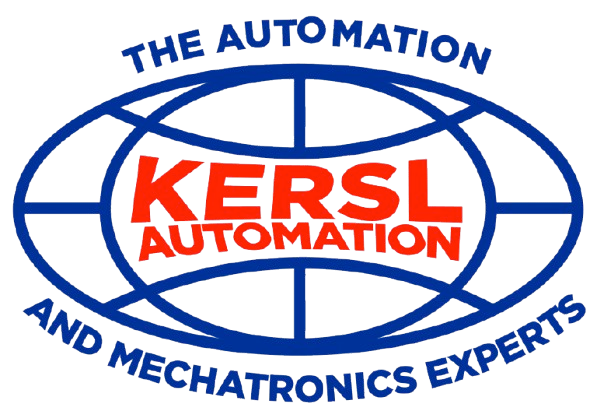Fundamentals of Digital Electronics
Curriculum
- Understand the difference between digital electronics and analog electronics and the voltage levels usually encountered in both domains.
- Understand the number systems (decimal number system and binary number system) and advantages of the binary number system.
- Understand Logic gates and related devices (positive and negative logic; OR, AND, NOT, EXCLUSIVE OR, NAND, NOR, EXCLUSIVE NOR, and INHIBIT gates);
- Understand that all logic expressions, whether simplified or not, can be implemented using AND, OR, & Inverter gates.
- Understand that all logic expressions can be expressed as either the sum of products (SOP) or products of sum (POS).
- Understand the use of Karnaugh Mapping as a graphical technique for simplifying logic expressions containing two, three, and four variables.
- Understand the NAND gate as a universal gate because it can be used to implement an AND gate, OR gate, and a NOT gate, and that any combinational logic expression can be implemented using only NAND gates.
- Understand the NOR gate as a universal gate because it can be used to implement an AND gate, OR gate, and a NOT gate, and that any combinational logic expression can be implemented using only NOR gates.
- Design a practical project: use the seven-segment display (common cathode and common anode types) to demonstrate how programmable logic devices can be used to implement combinational logic circuits. (Use push buttons and combinational logic to sequence through numbers 1 through 10.
- Understand sequential logic: Flip flop types (R-S flip flop, J-K flip flop, D flip flop; edge-triggered and level-triggered flip flops); Counters (synchronous and asynchronous)
- Understand the use of simple state machines as a circuit design method that sequences through a set of predetermined states controlled by a clock and other input signals.
- Be able to describe various machine designs used to control common everyday devices such as elevator doors and traffic lights.
